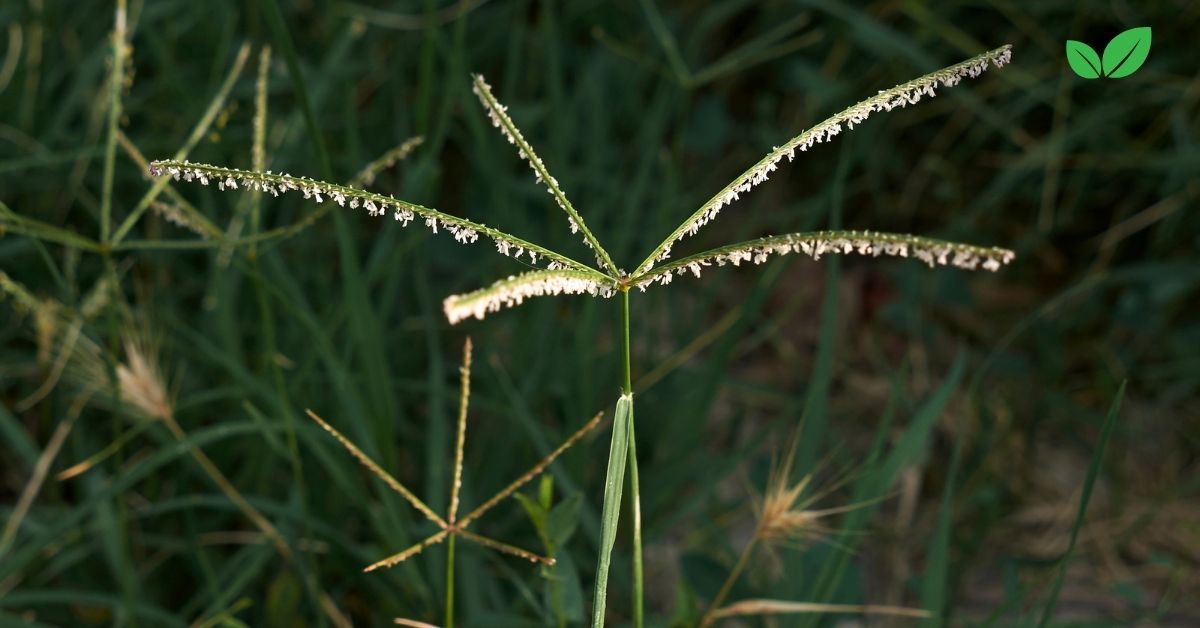Cynodon grass, commonly known as Bermuda grass, is a prevalent grass species known for its resilience, versatility, and ecological benefits. Originating in Africa and the Middle East, Cynodon grass has spread to various parts of the world, primarily in tropical and subtropical regions. Over time, it has become a fundamental component of many landscapes, including residential lawns, sports fields, and pastures. However, its role extends beyond aesthetics, contributing significantly to environmental sustainability. This article delves into the environmental niche of Cynodon grass, its biological characteristics, ecological significance, and its role in promoting sustainable ecosystems.
Characteristics and Adaptability of Cynodon Grass
Cynodon grass is classified under the Poaceae family and is known for its aggressive growth, drought tolerance, and ability to withstand various environmental conditions. Its extensive root system allows it to survive in regions where other grass species may struggle. Some of the key characteristics of Cynodon grass include:
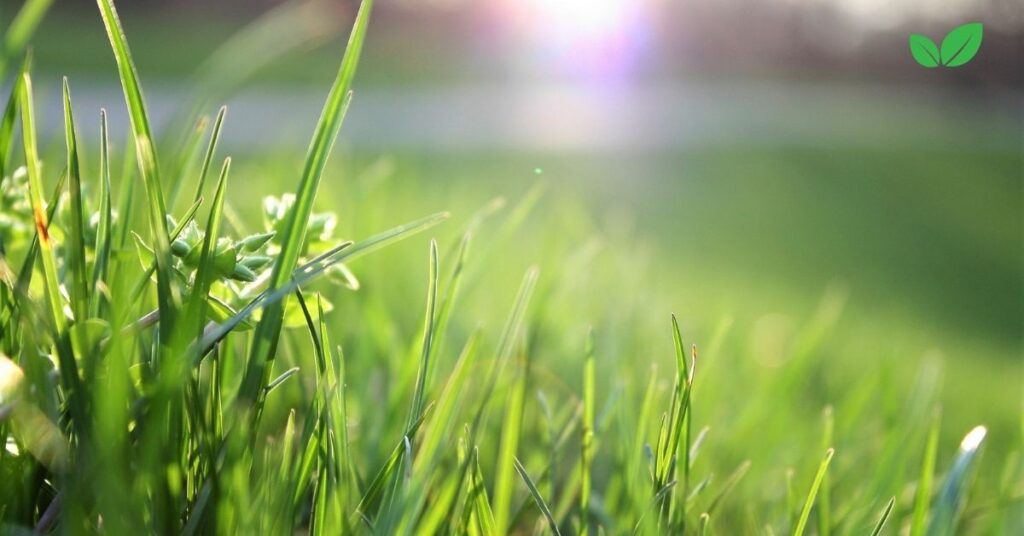
- Growth Habit: Bermuda grass spreads through both stolons (above-ground runners) and rhizomes (underground stems). This dual method of propagation enables it to cover large areas quickly and efficiently.
- Leaf Structure: The grass has fine-textured leaves that are typically dark green, with serrated edges. The blades grow approximately 2-15 cm long and 2-5 mm wide.
- Drought Resistance: One of the most significant attributes of Cynodon grass is its high tolerance to drought conditions. This trait makes it a preferred choice for landscapes in arid and semi-arid regions where water conservation is a priority.
- Heat and Cold Tolerance: Bermuda grass thrives in hot climates and can withstand prolonged exposure to high temperatures. Although it prefers warm environments, it also exhibits moderate resistance to cooler conditions, making it adaptable across diverse geographical zones.
- Soil Adaptability: The grass can grow in various soil types, ranging from sandy to clay soils, though it prefers well-drained soils with a neutral to slightly acidic pH.
This adaptability has led to its widespread use in various regions around the globe, but its environmental benefits go beyond its durability.
Ecological Significance of Cynodon Grass
In many ecosystems, Cynodon grass plays an essential role in maintaining soil health, providing habitat for wildlife, and promoting biodiversity. Below are some of the ecological benefits of Cynodon grass:
Soil Erosion Control
Cynodon grass is often utilized in areas prone to soil erosion, such as slopes, riverbanks, and disturbed landscapes. Its dense network of roots holds soil particles together, preventing erosion caused by wind and water. This characteristic makes it valuable for controlling soil degradation in both urban and rural settings.
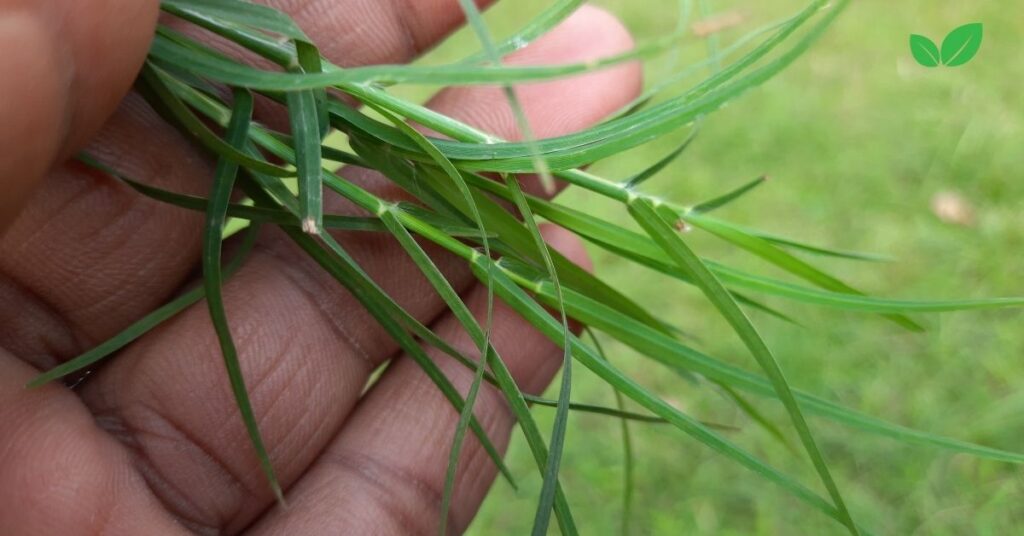
Improving Soil Structure
The grass enhances soil structure by increasing organic matter through its root biomass. As roots die and decompose, they contribute to soil organic carbon, which improves soil fertility, water retention, and microbial activity. This improved structure leads to better water infiltration and reduces surface runoff, helping to prevent the loss of nutrients.
Carbon Sequestration
Like all plants, Cynodon grass captures atmospheric carbon dioxide through the process of photosynthesis. However, its aggressive growth and extensive root system allow it to sequester larger amounts of carbon compared to other grass species. Carbon sequestration is a critical process in mitigating the effects of climate change, as it helps reduce the concentration of greenhouse gases in the atmosphere.
Support for Wildlife
Cynodon grass serves as a habitat for various species of insects, birds, and small mammals. Its dense growth provides shelter and food for many organisms, contributing to local biodiversity. Additionally, it can support pollinator species, such as bees and butterflies, by offering a refuge in areas where other plant life may be scarce.
Water Conservation
One of the most environmentally significant aspects of Bermuda grass is its ability to thrive with minimal water inputs. Its deep-rooted system allows it to access water from lower soil layers, reducing the need for frequent irrigation. This drought-tolerant nature is especially valuable in regions facing water scarcity, where the demand for water-efficient landscaping is high.
Air Quality Improvement
Cynodon grass contributes to improving air quality by capturing dust particles and filtering pollutants from the air. Large areas of grass can act as a “green lung” in urban settings, where air pollution levels tend to be higher. Additionally, grass lawns play a role in cooling the environment by reducing the urban heat island effect through evapotranspiration.
Environmental Impact of Cynodon Grass in Urban Landscapes
Urbanization poses significant challenges to environmental sustainability, with issues such as air pollution, heat islands, and the loss of green spaces becoming increasingly problematic. Cynodon grass can contribute to urban sustainability by addressing some of these issues.
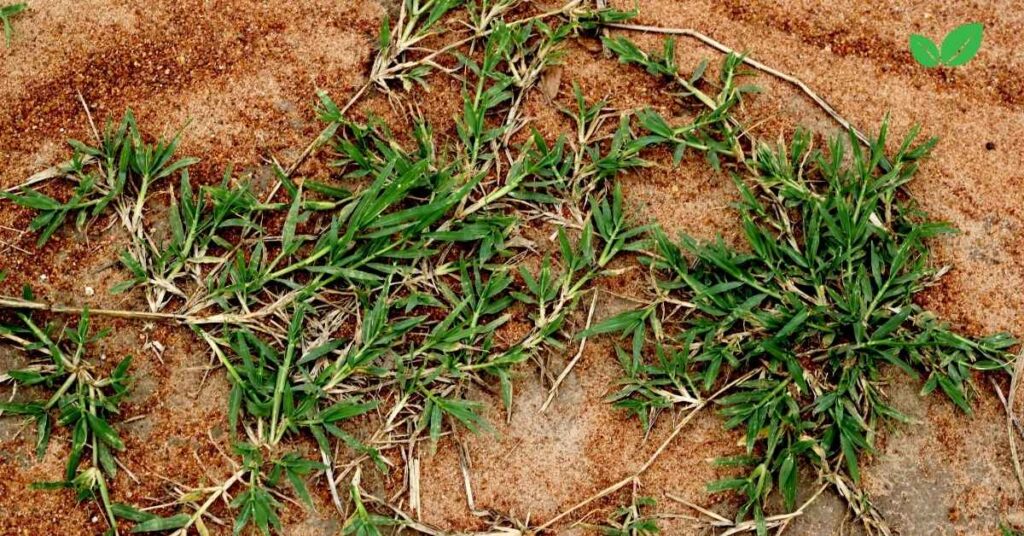
Mitigating Urban Heat Islands
The urban heat island effect refers to the increase in temperature in urban areas compared to surrounding rural areas. This phenomenon occurs due to the prevalence of heat-absorbing surfaces, such as concrete, asphalt, and buildings. By incorporating Cynodon grass into urban landscapes, cities can reduce the intensity of the urban heat island effect. The grass cools the surrounding air through evapotranspiration, which helps to moderate temperatures in densely populated areas.
Reducing Stormwater Runoff
In urban environments, impervious surfaces such as roads and parking lots prevent water from naturally infiltrating the soil. This leads to increased stormwater runoff, which can cause flooding and water pollution. Cynodon grass, with its extensive root system and dense ground cover, can help mitigate stormwater runoff by promoting water infiltration and reducing surface water flow. In this way, it plays a role in urban flood management.
Promoting Green Spaces
Urban green spaces, including parks, lawns, and gardens, are essential for promoting the mental and physical well-being of residents. Cynodon grass is commonly used in the development of such green spaces due to its durability, aesthetic appeal, and ability to tolerate heavy foot traffic. The presence of green spaces in urban areas not only enhances the quality of life but also contributes to the overall environmental health of cities by providing ecosystem services like air purification, temperature regulation, and habitat for wildlife.
Cynodon Grass in Agriculture and Livestock Management
Beyond its use in landscaping, Cynodon grass plays a crucial role in agriculture, particularly in livestock management and pasture systems. Its high nutritional value and rapid growth rate make it an ideal forage for grazing animals, including cattle, sheep, and goats.
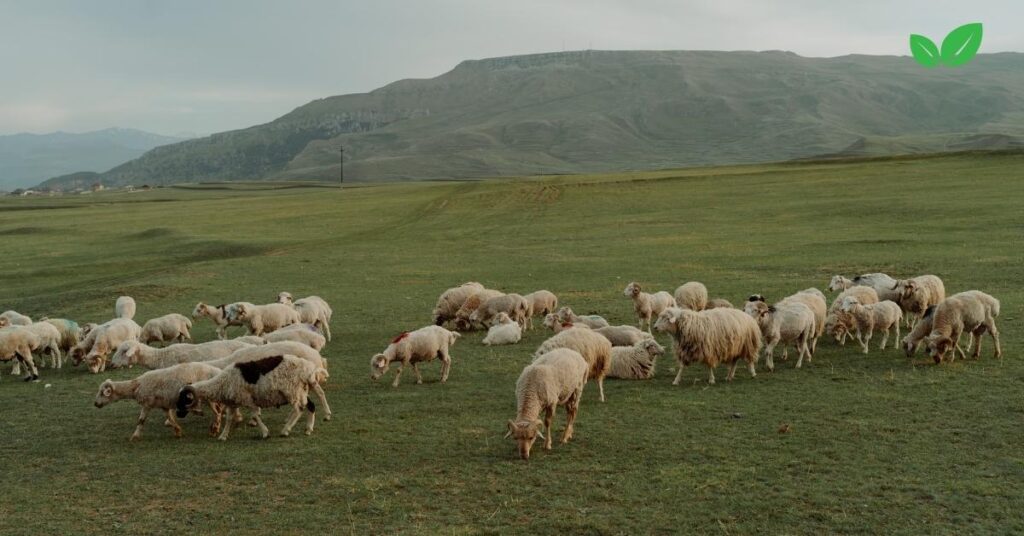
Forage Quality
Cynodon grass is a high-quality forage crop that provides essential nutrients to grazing livestock. It is rich in protein, fiber, and energy, making it an important food source for animals during both wet and dry seasons. The grass’s ability to withstand grazing pressure and recover quickly after being grazed makes it a reliable choice for pasture management.
Pasture Rotation
Farmers often use Cynodon grass in rotational grazing systems, where livestock are moved between different pasture areas to prevent overgrazing. This practice helps maintain the health and productivity of pastures while ensuring that animals have access to fresh forage. Cynodon grass’s ability to regenerate quickly after grazing makes it a valuable component of sustainable pasture management.
Reducing Land Degradation
Overgrazing is a common issue in many agricultural regions, leading to land degradation and desertification. Cynodon grass, with its robust root system and ability to cover large areas, can help rehabilitate degraded lands. By promoting soil stability and reducing erosion, the grass helps restore the fertility and productivity of agricultural lands.
Water Efficiency in Agricultural Systems
In regions where water availability is limited, the use of drought-tolerant crops like Cynodon grass can help reduce water consumption in agriculture. By planting Cynodon grass in pastures and crop rotations, farmers can optimize water use while maintaining high levels of forage production. This water-efficient approach is crucial for ensuring food security in water-scarce regions.
Environmental Challenges and Management of Cynodon Grass
While Cynodon grass offers numerous environmental benefits, its aggressive growth and adaptability can also present challenges in certain ecosystems. In some regions, Cynodon grass is considered an invasive species due to its ability to outcompete native vegetation. This can lead to a reduction in biodiversity and the displacement of indigenous plant species.
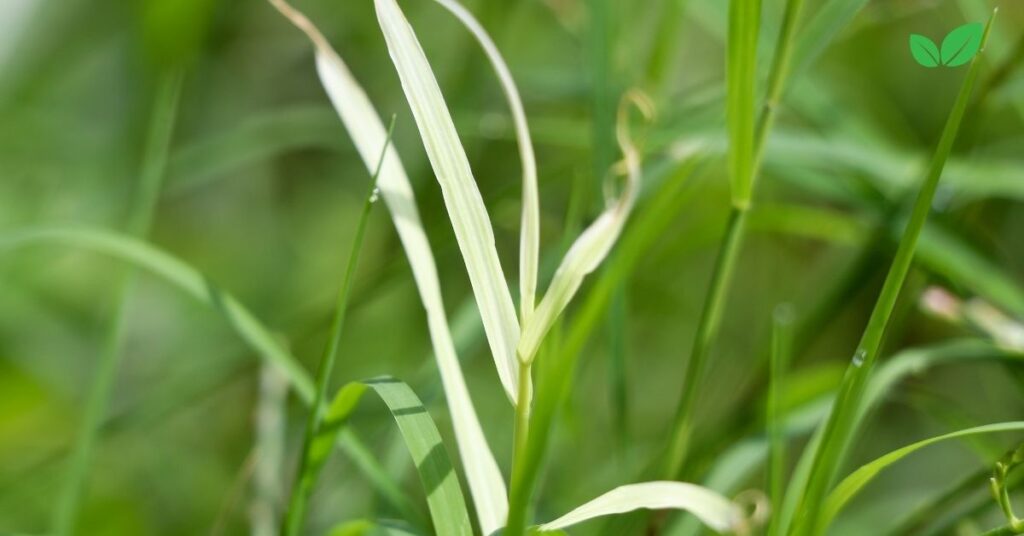
Invasive Potential
Cynodon grass has been known to spread rapidly in areas where it is not native, often outcompeting local plants and altering natural ecosystems. Its ability to thrive in a wide range of conditions makes it a formidable competitor in disturbed environments. In some cases, the grass can dominate entire landscapes, reducing the diversity of plant species and affecting the habitat of wildlife that depends on native flora.
To manage its invasive potential, it is important to carefully regulate the introduction and spread of Cynodon grass in non-native regions. In areas where it poses a threat to local ecosystems, control measures such as selective herbicide application, mechanical removal, and the promotion of native plant species can help mitigate its impact.
Pest and Disease Management
Cynodon grass is generally resistant to many common pests and diseases, but it can still be susceptible to certain issues, such as fungal infections and insect infestations. For example, Bermuda grass mites and armyworms are known to affect Cynodon grass, particularly in regions with warm climates. Integrated pest management (IPM) strategies, which include biological control, cultural practices, and the use of environmentally friendly pesticides, can help manage these challenges without compromising the environmental benefits of the grass.
Water Usage in Urban and Agricultural Systems
While Cynodon grass is drought-tolerant, it still requires a certain amount of water to maintain its health and vigor. In urban areas, overwatering of Cynodon grass lawns can lead to excessive water use and contribute to water scarcity. Adopting water-efficient irrigation practices, such as drip irrigation and using smart irrigation controllers, can help minimize water waste while maintaining healthy lawns.
In agricultural systems, optimizing the timing and quantity of irrigation for Cynodon pastures can ensure that water resources are used efficiently. This approach not only supports sustainable water management but also enhances the productivity of the grass.
Sustainable Landscaping Practices with Cynodon Grass
Cynodon grass is well-suited for sustainable landscaping practices, which aim to create beautiful and functional landscapes with minimal environmental impact. Here are some tips for using Cynodon grass in sustainable landscaping:
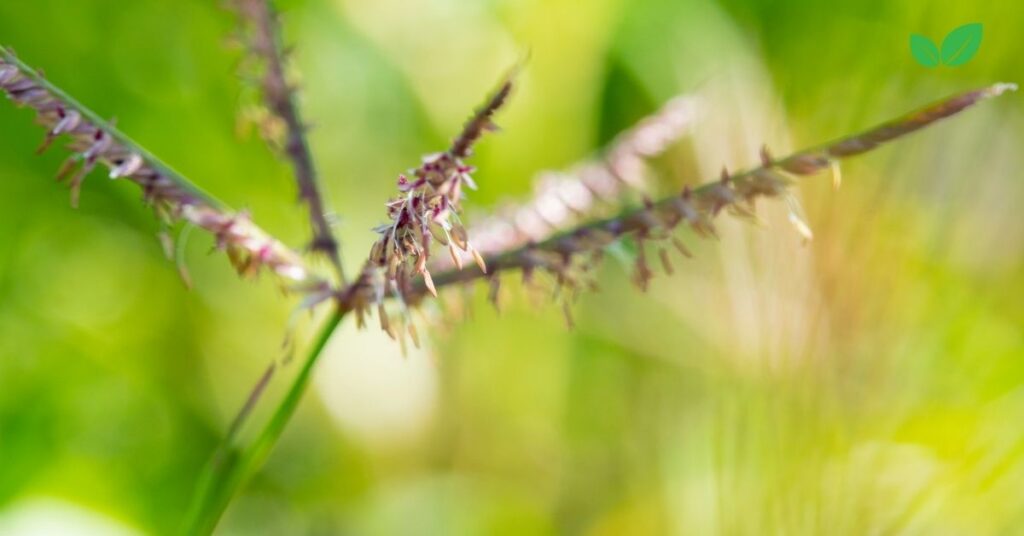
Choosing the Right Variety
Different varieties of Cynodon grass offer various benefits in terms of drought tolerance, cold resistance, and aesthetic appeal. Selecting the appropriate variety for the local climate and soil conditions can help ensure the long-term success of these grass lawns or landscapes. Popular varieties include common Bermuda grass (Cynodon dactylon) and hybrid Bermuda grass (Cynodon dactylon x Cynodon transvaalensis), each offering unique characteristics suited to specific environments.
Implementing Organic Fertilization
Using organic fertilizers, such as compost and manure, can improve soil fertility and support the healthy growth of Cynodon grass without the negative environmental impact associated with synthetic fertilizers. Organic matter also enhances soil structure, leading to better water retention and reduced nutrient runoff.
Practicing Mulching
Mulching around Cynodon grass can help conserve soil moisture, suppress weeds, and improve soil health. Organic mulches, such as grass clippings and straw, decompose over time, adding valuable nutrients to the soil. This practice aligns with the principles of sustainable landscaping by reducing the need for chemical herbicides and fertilizers.
Encouraging Biodiversity
Integrating Cynodon grass with other native plants and grasses can create a diverse landscape that supports a wider range of wildlife. By promoting plant diversity, homeowners and land managers can create habitats that attract pollinators, birds, and beneficial insects, enhancing the ecological value of their landscapes.
Conclusion: The Role of Cynodon Grass in a Sustainable Future
Cynodon grass, with its adaptability, environmental benefits, and role in supporting biodiversity, stands as an important species in the effort to create sustainable landscapes. From soil conservation and carbon sequestration to providing habitat for wildlife and promoting water efficiency, Cynodon grass contributes to environmental sustainability in many ways. Its potential for use in urban settings, agricultural systems, and natural ecosystems makes it a versatile grass species with wide-reaching ecological significance.
However, managing its invasive tendencies and promoting responsible landscaping practices are crucial to ensuring that its benefits are realized without compromising the health of native ecosystems. By integrating Cynodon grass into sustainable landscaping and agricultural practices, we can harness its strengths to create greener, more resilient environments for future generations.
In a world where climate change and environmental degradation are pressing concerns, species like Cynodon grass offer valuable tools for building more sustainable, resilient, and ecologically balanced systems. By understanding its environmental niche and leveraging its benefits, we can ensure that Cynodon grass remains a positive force in the landscapes of tomorrow.
Read More: Bahama Grass: An Ecological and Agricultural Insight

